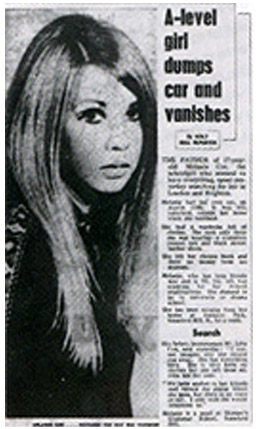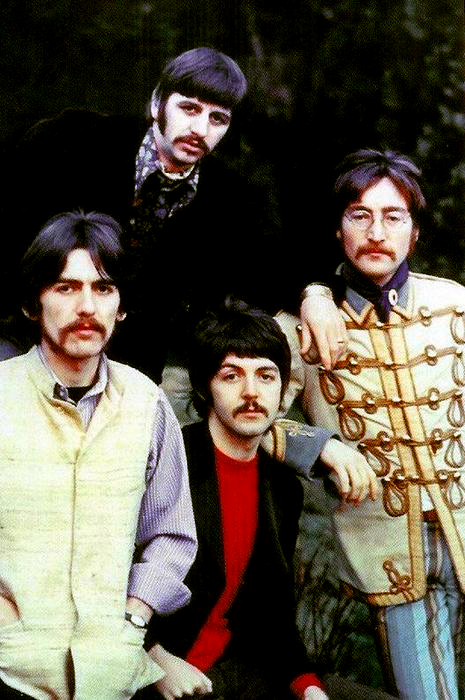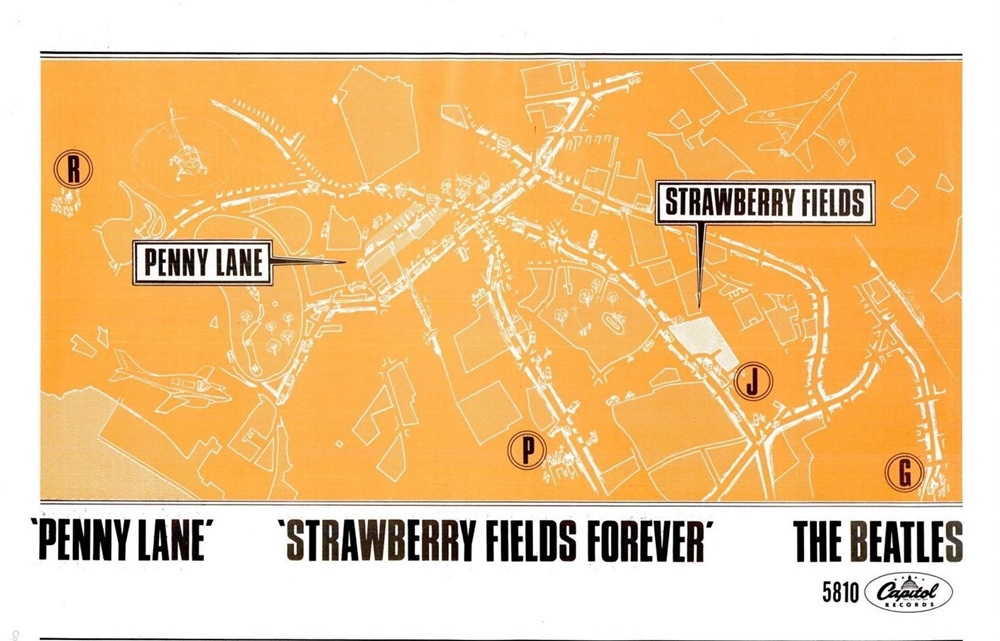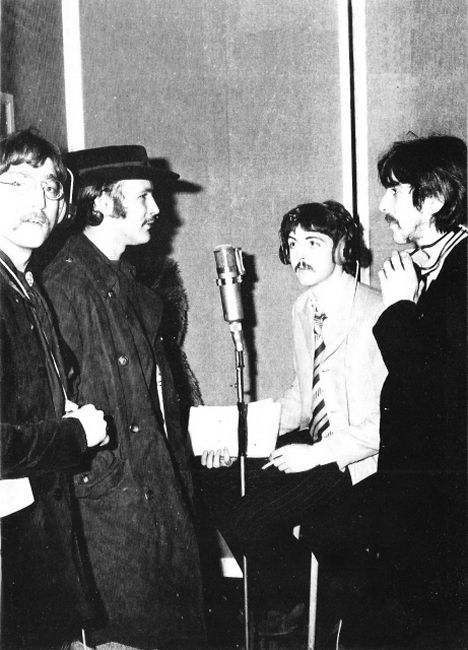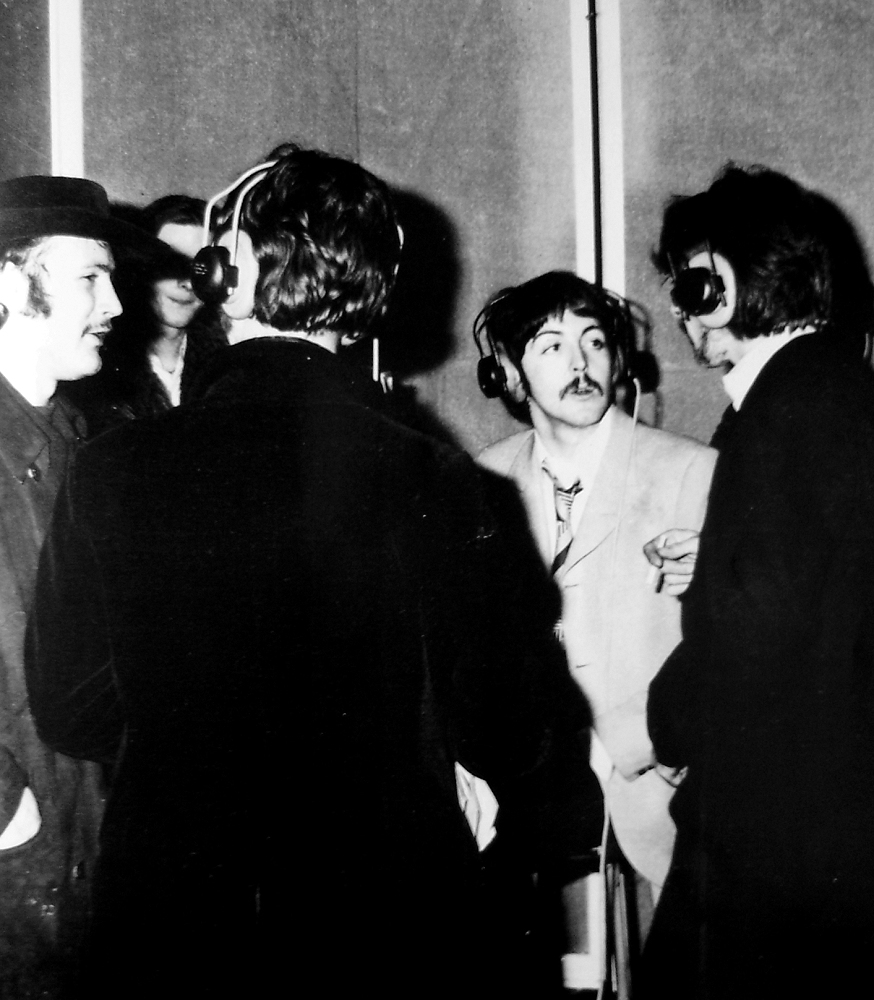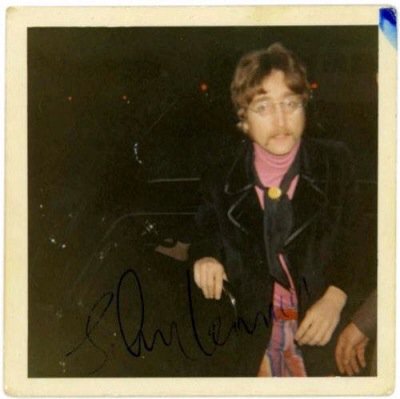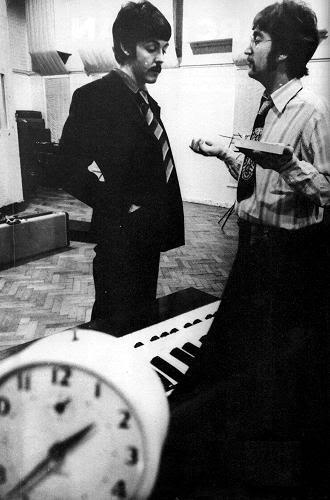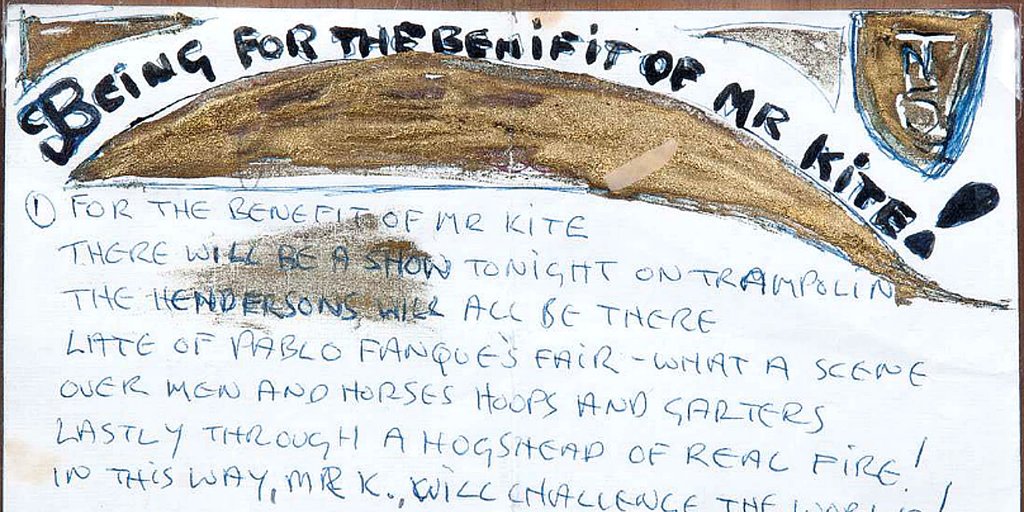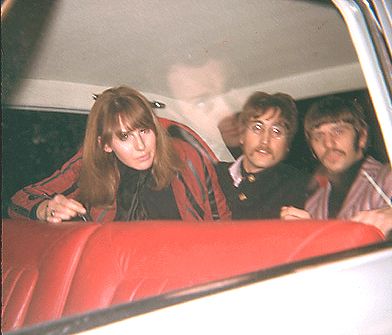February 27, 1967 issue of London's Daily Mail
“Turn on, tune in, drop out.” This phrase, first popularized by counter-culturist Timothy Leary in late 1966, advocated embracing cultural changes and detaching yourself from existing forms of conventionality. Leary explained in his 1983 autobiography “Flashbacks” that “drop out” meant “self-reliance, a discovery of one's singularity, a commitment to mobility, choice, and change.”
The result of this highly publicized suggestion was, as Steve Turner’s book “A Hard Day’s Write” indicates, “streams of young people headed for San Francisco, center of Flower Power, leading the FBI to announce a record number of 90,000 runaways” in 1967. The youth of that time would often quit school and anything else that had made them conform to ‘straight’ society, virtually vanishing from their previous lifestyle to one of supposed ‘freedom.’
One such teenager was Melanie Coe, the daughter of John and Elsie Coe from Stamford Hill, London. The February 27th, 1967 isuue of London’s Daily Mail featured an article about her disappearance with the heading “A-Level Girl Dumps Car And Vanishes.” It described Melanie as “the schoolgirl who seemed to have everything,” leaving not only her Austin 1100 outside the house unlocked, but also “a wardrobe full of clothes,” taking “only those she was wearing.” Her father was quoted as exclaiming, “I cannot imagine why she should run away. She has everything here…even her fur coat.”
“We’d seen a story in the newspaper about a young girl who had left home and not been found. There were a lot of those at the time,” remembers Paul McCartney in his book “Many Years From Now.” Continuing his account of the writing of the song, which took place in March of 1967 undoubtedly at Paul’s St. John’s Wood home, he states: “That was enough to give us a story line. So I started to get the lyrics: she slips out and leaves a note and then the parents wake up and then…It was rather poignant. I like it as a song, and when I showed it to John, he added the Greek chorus, long sustained notes, and one of the nice things about the structure of the song is that it stays on those chords endlessly. Before that period in our songwriting we would have changed chords but it stays on the C chord. It really holds you. It’s a really nice little trick and I think it worked very well.”
Paul then defined what the “Greek chorus” entails by adding: “While I was showing that to John, he was doing the Greek chorus, the parents’ view: ‘We gave her most of our lives, we gave her everything money could buy.’ I think that may have been in the runaway story, it might have been a quote from the parents.” John reiterated Paul’s explanation by saying: “Paul had the basic theme for this song, but all those lines like ‘We sacrificed most of our life…we gave her everything money could buy,’ those were the things Mimi used to say to me. It was easy to write.”
Therefore, it appears that the bulk of the chorus - the "long sustained notes" (“sheeeee….is leaving…..”) and the answering melody lines (“we struggled hard all our lives to get by” etc.) - was written by John while all of the verses were written by Paul. “It was John’s idea for the words of the old couple, ‘What did we do that was wrong?’ in the background,” explained George Martin. “He was looking at the misused old people and also the conflict between them and the young girl. Originally, it was undoubtedly Paul’s song, but John contributed quite a bit in a way with the answering chorus.” Paul confirms this by saying, “It was largely mine, with help from John.”
Like many other tracks on the "Sgt. Pepper" album, people read into the lyrics of “She’s Leaving Home” things that really weren’t there. Even George Harrison came forward to dispel the rumor concerning an unsavory insinuation in the lyric: “’A man from the motor trade’ means whatever’s in your mind, you know. I know when I say it isn’t an abortion, and if people believe it is, then it’s up to them. They’ll just go on believing it.”
Many reviewers revealed the “man from the motor trade” as an actual person. “People have since said that was Terry Doran, who was a friend who worked in a car showroom, but it was just fiction, like the sea captain in Yellow Submarine,’ they weren’t real people. George Harrison said once he could only write songs from his personal experience, but they don’t have to exist for me. The feeling of them is enough. The man from the motor trade was just a typical sleazy character, the kind of guy that could pull a young bird by saying, ‘Would you like a ride in my car, darlin’?’ Nice plush interior, that’s how you pulled birds. So it was just a little bit of sleaze.”
“The amazing thing about the song was how much it got right about my life,” stated Melanie Coe in the book “A Hard Day’s Write.” “It quoted the parents as saying ‘we gave here everything money could buy’ which was true in my case. I had two diamond rings, a mink coat, hand-made clothes in silk and cashmere and even my own car. Then there was the line ‘after living alone for so many years,’ which really struck home to me because I was an only child and I always felt alone…I heard the song when it came out and thought it was about someone like me but never dreamed it was actually about me...I must have been in my twenties when my mother said she’d seen Paul on television and he’d said that the song was based on a story in a newspaper. That’s when I started telling my friends it was about me.”
While Paul’s lyrical detail about her leaving home was pure fiction, he oddly enough hit the nail on the head in many ways. “I did leave a note, yes,” Melanie said in a television interview. She did meet up with a man and shared an apartment with him in Bayswater, Central London. “He was a croupier,” Melanie continued, “but previously, oddly enough, he’d actually worked in the car business, so he was a ‘man from the motor trade.’”
Even odder still is the coincidence concerning the chosen main character in the song. Four years earlier, on October 4th, 1963, thirteen-year-old Melanie had actually met Paul during the filming of the hit British television show “Ready Steady Go.” Melanie competed with three other contestants in a miming competition for the program, this episode being the first time The Beatles appeared on the show. Paul was recruited to judge the competition and he picked Melanie as the winner. “Paul McCartney came over and shook my hand and gave me a Beatles album, which was the greatest thing that could happen to any little teenage girl.”
